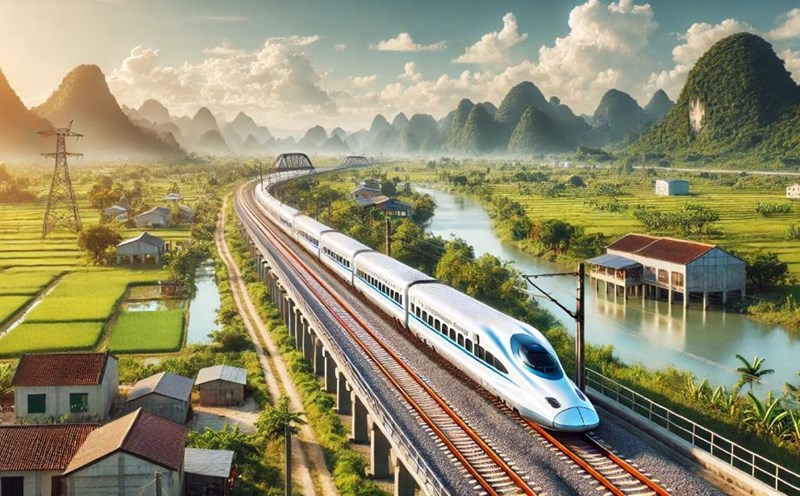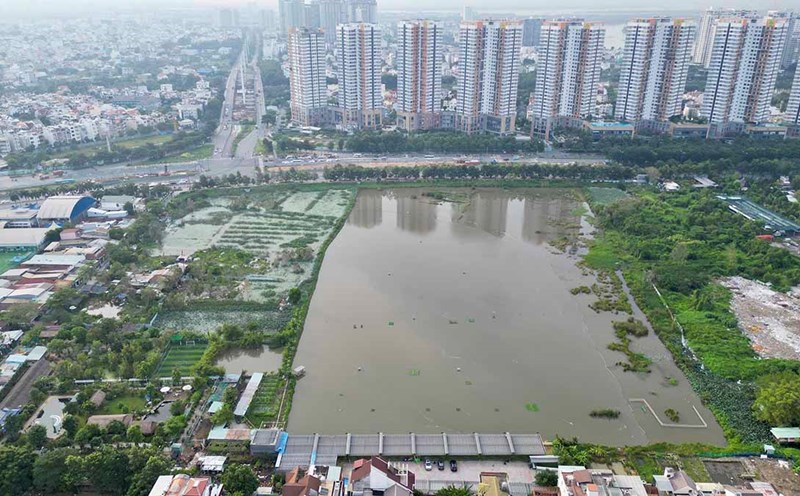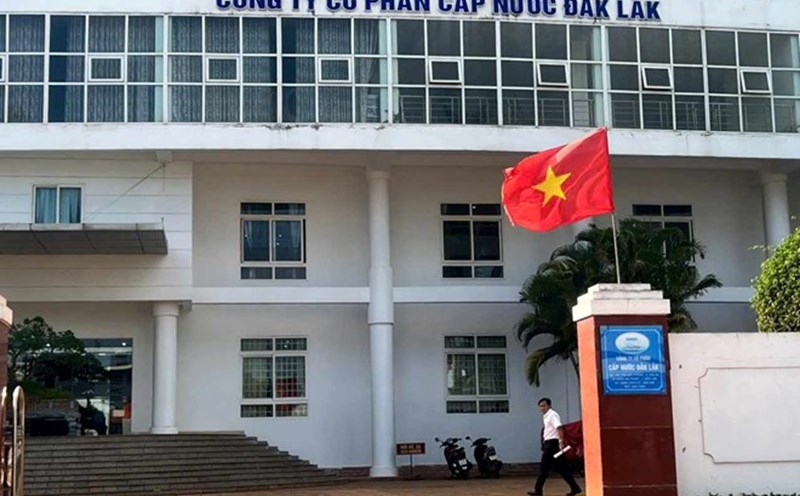The Ministry of Construction submitted a draft Resolution of the National Assembly to pilot a number of specific mechanisms and policies, especially to invest in the development of the railway system.
Along with opening special policy mechanisms for high-speed railway and urban railway projects, the Ministry of Construction has also issued a mechanism to prevent corruption and waste negativity to effectively develop the project.
Article 22 of the draft stipulates the need to ensure the prevention and control of corruption, waste and negativity as follows:
For the selection of investors, contractors of EPC, EC, EP, EP, consultancy packages for use of foreign contractors, Ministry of Defense, Ministry of Public Security, Ministry of Construction, Ministry of Finance, Government Inspectorate, State Audit are responsible for sending representatives to participate in bidding documents, request dossiers and results of contractor selection when invited by competent authorities.
The State Audit is responsible for auditing the completed total investment dossier according to the appraisal report of the investment decision-making authority to serve as a basis for project approval and send the audit results to the investment decision-making authority within no more than 30 days from receiving the complete audit request dossier.
Explaining the need for this resolution, the Ministry of Construction said that on the practical basis, in recent years, the Prime Minister has approved the planning and plan of implementing the railway network planning period 2021-2030, vision to 2050. The plan has a list, roadmap and expected capital demand of investment projects on national rail construction.
The Prime Minister has also approved provincial and municipal plans, in which the goal of developing the urban railway system in the centers of major provinces and cities such as Hai Phong, Da Nang, Binh Duong, Can Tho, etc. by 2030 is determined.
The two cities of Hanoi and Ho Chi Minh City must basically complete the urban railway network by 2035. In addition, Ho Chi Minh City will merge the following provinces: Ba Ria - Vung Tau, Binh Duong. Accordingly, the city's urban railway network will have to be adjusted to suit the new administrative boundary (such as the Suoi Tien - Thu Dau Mot route...) and some localities with adjusted administrative boundaries have also proposed investing in the construction of a number of new railway lines (most recently Da Nang).
The recent practice of investing in the construction of national railway and urban railway projects shows that there are still many difficulties and problems focusing on key issues such as: resource mobilization; investment procedures; implementation of planning; site clearance; human resource training, technology transfer, railway industry development...
To basically remove the above difficulties and obstacles, the Government has submitted and issued by the National Assembly 2 Resolutions on investment policies for high-speed railways on the North-South axis and the Lao Cai - Hanoi - Hai Phong railway, 1 Resolution to pilot a number of specific mechanisms and policies, especially to develop the urban railway network in Hanoi and Ho Chi Minh City.
To continue implementing railway projects according to the plan (Hanoi - Dong Dang, Hai Phong - Ha Long - Mong Cai, Ho Chi Minh City - Can Tho, Bien Hoa - Vung Tau, Thu Thiem - Long Thanh, Suoi Tien - Thu Dau Mot...) to meet the progress requirements as directed by the Party and Government leaders, it is necessary to have specific, special and outstanding mechanisms and policies similar to the mechanisms and policies that have been allowed by the National Assembly to be applied to railway projects.
Recently, the Ministry of Construction has been assigned by competent authorities to research and develop a Project on specific mechanisms and policies, especially to invest in the construction of 02 routes Hanoi - Dong Dang and Hai Phong - Ha Long - Mong Cai.
In addition, the investment in the construction of new railway lines has been assessed by competent authorities as difficult, some projects are identified as unprecedented and have also allowed the Government to continue proposing adjustments and supplements to specific and special mechanisms and policies.
In practice, the implementation of projects in the past has caused a number of arising issues that require continued improvement of these mechanisms and policies to achieve the required goals and progress.
From the above basis, the development and promulgation of specific mechanisms and policies, especially to be applied generally to investment in the construction of railway projects, is very necessary and urgent to remove institutional bottlenecks, realize the investment goal of completing the national railway network and high-speed urban railways according to the plan.










